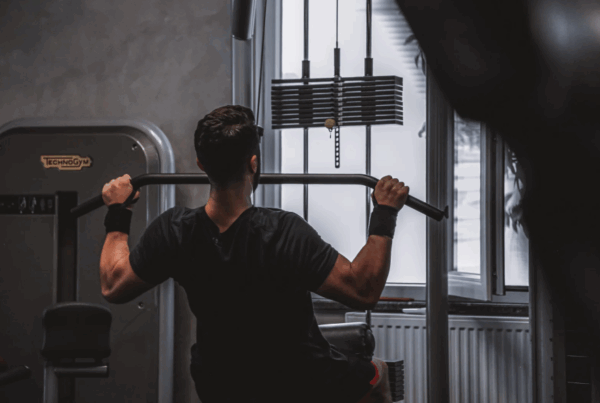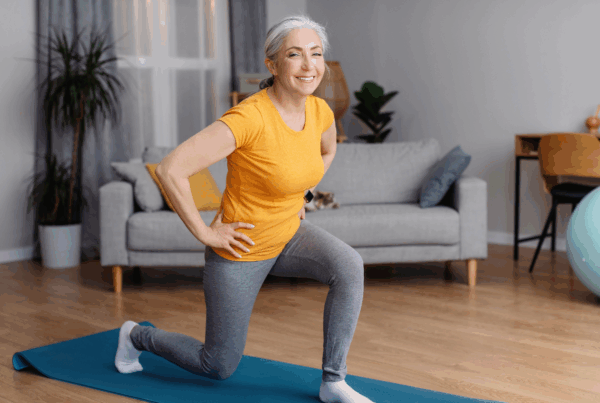1 in 9 Australian women (1), and 1 in 10 NZ women (2) are diagnosed with endometriosis during their reproductive years. Pretty common, right? And yet, endometriosis is not that well understood – the variable nature of symptoms means that, on average, it takes 6.5 years before a woman is diagnosed with it.
6.5 years of pelvic pain, interrupting life every month. And yet brushed off by many as just a “painful period”…
What is Endometriosis?
Endometriosis involves the growth of cells similar to the lining of the womb (endometrium) on areas outside of the womb – such as the rest of the reproductive tract, the bladder, bowel, and even on the joints, muscles, and lungs! (1)
Similar to the endometrium, these tissues respond to changes in hormones, causing bleeding during phases within the menstrual cycle when these hormones are elevated. The inflammation and scarring related to this can result in painful adhesions forming between organs (3). Fatigue and gastrointestinal issues are also common symptoms (4).
The pain associated with endometriosis is often severe, requiring life to be put on hold for a few days each cycle until the pain settles. Unfortunately, there is no known cure for endometriosis, but hormone treatments, pain relief medications, and a lifestyle-based approach may help to manage symptoms (5). Surgical intervention is sometimes required to remove adhesions, or even the uterus and/or ovaries in more extreme cases (3).
Exercise has been proven to help manage other chronic pain conditions (6), but what about endometriosis?
Exercise for Endometriosis
We have to be honest here – when scoping out the science around exercise and endometriosis, the results were pretty inconclusive.
One systematic review completed in 2014 (a review of existing research articles – 6 in this case) did not find any relationship between the risk of developing endometriosis, or how it progresses, depending on the volume and intensity of exercise being completed by the participants (7).
Another systematic / meta-analysis (2018) identified a positive trend for complementary therapies such as exercise helping with endometriosis symptoms, but still concluded that they needed more evidence to make a firm statement (8).
A more recent systematic review (2021) also could not conclude the effectiveness of exercise for managing symptoms, although they commented on reductions in stress and pain from some of the research articles that they had included in their review (9).
It’s not a clear ‘yay’ for exercise improving symptoms, but it’s definitely not a ‘nay’ either! Exercise shouldn’t worsen symptoms when done in an individualised, progressive, and mindful way.
Our Conclusion?
While the research may not yet have found any quantifiable change in endometriosis symptoms, there’s a whoooole lot of other good stuff that comes with exercise…
- Better sleep
- Stress management
- Mood-boosting benefits
- Improved self-esteem
- More energy
- Improved heart health and fitness
- Weight management
- Prevention of other health conditions
If the mind and body are healthier with regular exercise, then surely we would expect to see secondary benefits for symptom management. The body is more resilient to stressors when the body is better nourished!
And yes, we do understand that during an endometriosis flare-up, exercise is probably the last thing on anyone’s mind. That’s okay! Perhaps a brief walk might feel manageable, instead of a run? Light stretches instead of the gym? This is where pacing and working within what feels manageable is the best approach, rather than ‘pushing through’ the pain. Staying active is important, but in whatever way works for the individual.
Endometriosis sufferers, you are not alone. Get in touch with one of our EP’s and we can help find an exercise plan that suits YOU!
References:
- https://www.aihw.gov.au/reports/chronic-disease/endometriosis-prevalence-and-hospitalisations/summary
- https://nzendo.org.nz/endo-information/
- https://www.aihw.gov.au/reports/chronic-disease/endometriosis-prevalence-and-hospitalisations/summary
- https://www.mayoclinic.org/diseases-conditions/endometriosis/symptoms-causes/syc-20354656#:~:text=Endometriosis%20(en%2Ddoe%2Dme,the%20tissue%20lining%20your%20pelvis.
- https://www.endometriosisaustralia.org/post/endo-myth-busting
- https://www.sciencedirect.com/science/article/abs/pii/S1521694215000297
- https://link.springer.com/article/10.1186/1477-7827-12-4
- https://obgyn.onlinelibrary.wiley.com/doi/abs/10.1002/ijgo.12576
- https://bmcwomenshealth.biomedcentral.com/articles/10.1186/s12905-021-01500-4
Author: Yolanda van Vugt Clinical Exercise Physiologist and Content Creator at Specialised Health
Let’s connect, find us:
Have you got a claimant that would benefit from E.P. support? Refer to the team!
#exercisephysiology #exerciserehab #rehabilitation #lifeinsurance #incomeprotection #ctp #workcover #mobile #telehealth #telehealthprogram #mobileexercisephysiology #returntowork #endometriosis #fatigue #mentalhealth #cancer #musculoskeletal #pain #physio #physiotherapy #Sydney #Brisbane #Melbourne #Adelaide #Auckland #Waikato #BayofPlenty #Wellington #Otago #Christchurch



